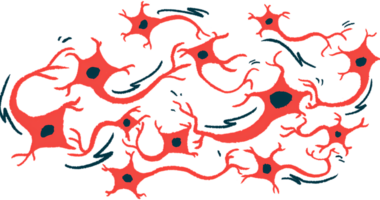Study Finds Protective Effects of Exercise in Parkinson’s Disease

Over time, levodopa and dopamine agonists’ treatment in Parkinson’s disease (PD) patients can become ineffective to control involuntary movements. Laboratory studies on PD animal models suggest that physical training may help to alleviate these symptoms offering an alternative form of therapy. Now, a research team at Universidade do Extremo Sul Catarinense in Brazil published a study entitled “Physical Training Regulates Mitochondrial Parameters and Neuroinflammatory Mechanisms in an Experimental Model of Parkinson’s Disease” in the journal Oxidative Stress and Cellular Longevity, showing specific types of physical training that prevent neuronal cell death and inflammation in the brain.
PD is the second most common progressive neurodegenerative disease, affecting about 1%–3% of the world population over 55 years of age. PD’s symptoms, such as muscle rigidity, tremors, and changes in speech and gait, result from the loss of dopamine-producing neurons, which can be caused by mitochondrial dysfunction, which supplies the cell with energy, but also by inflammatory processes triggered in the brain.
In this study, researchers addressed whether different types of exercise could differently affect mitochondria and inflammation. They let mice run in a motor-driven treadmill (aerobic exercise) or attached weights to the base of their tails while they climbed a ladder (strength training). After animals had their final physical training session, the researchers injected specific drugs known to induce PD in these animals’ brains. They then analyzed several brain parameters and compared them to those of mice that received the same drugs but did not exercise.
The results showed that physical training, regardless of the type, protects neurons of a specific region in the brain affected in PD known as the striatum. Exercise restored the activity levels of enzymes (complex I and Sirtuin 1) important for mitochondrial function and therefore for neuronal survival. Inflammation in the brain, also known as neuroinflammation, measured by the production of inflammatory markers such as cytokines, was also attenuated in exercised mice. The results indicated that the anti-inflammatory effect was related to a decrease of nitric oxide synthase activity, an enzyme that generates oxidative stress.
Overall, this study validates the positive effects of exercise in the brain pathology of animal models of PD. Moreover, these results support the benefits of exercise in PD patients already proposed by the clinicians to manage symptoms and probably slow down disease progression.






